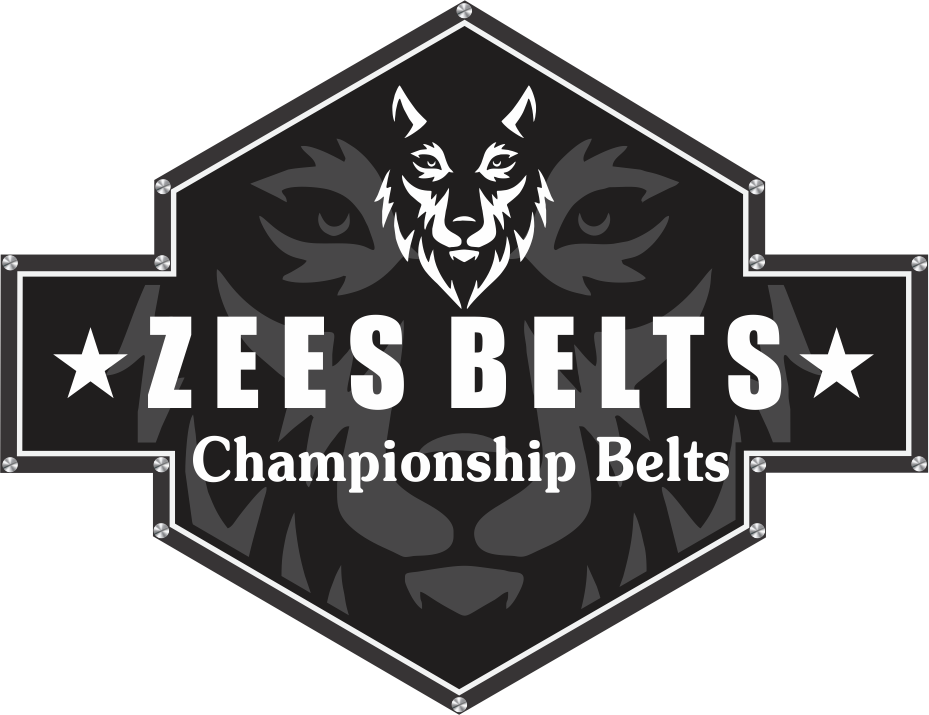Introduction
Wrestling championship belts are more than just accessories—they symbolize glory, hard work, and prestige. Over the years, these belts have evolved in design, materials, and significance. From the simple leather straps of the early 1900s to the flashy, gem-encrusted titles of today, wrestling belts tell a story of the sport’s growth.
In this blog, we’ll explore the fascinating history of wrestling championship belts, their design changes, and what makes them so special. Whether you're a wrestling fan or a collector, understanding the evolution of these belts adds a new layer of appreciation for the sport.
Early Wrestling Belts: The Humble Beginnings
The first wrestling championship belts date back to the late 19th and early 20th centuries. These early belts were simple, made of leather with basic metal plates. Unlike today’s extravagant designs, they were functional, meant to signify a champion rather than dazzle audiences.
One of the earliest known belts was the World Heavyweight Wrestling Championship, introduced in the early 1900s. It featured a large center plate with the champion’s name engraved, surrounded by smaller side plates. These belts were heavy, durable, and built to last.
The Golden Age: 1950s–1980s
As professional wrestling grew in popularity, so did the belts. The National Wrestling Alliance (NWA) and World Wide Wrestling Federation (WWWF, later WWE) introduced more detailed designs in the mid-20th century.
-
NWA World Heavyweight Championship Belt – This iconic belt had a classic look with a large globe emblem in the center. It became a symbol of wrestling excellence.
-
WWWF Winged Eagle Belt (1980s) – One of the most beloved designs, this belt featured an eagle with outstretched wings on the center plate. It was used during Hulk Hogan’s rise to fame.
During this era, belts became more than just trophies—they were part of wrestling’s storytelling. A champion carrying a prestigious belt added credibility to their character.
The Attitude Era & Modern Designs: 1990s–Present
The 1990s brought bold changes to wrestling belts. With WWE’s Attitude Era, belts became flashier to match the larger-than-life personalities of stars like Stone Cold Steve Austin and The Rock.
-
WWE Big Eagle Belt (1998) – Replacing the Winged Eagle, this design had a more modern look with a larger, bolder eagle and intricate detailing.
-
Spinner Belt (2005) – Introduced by John Cena, this belt had a spinning WWE logo, blending wrestling with hip-hop culture. It was controversial but highly recognizable.
Today, wrestling belts are custom-made masterpieces. WWE’s Universal Championship and AEW World Championship belts feature 3D designs, gold plating, and even precious stones. Companies invest heavily in making belts that look as impressive on TV as they do in person.
Why Wrestling Belts Matter
Championship belts are more than just props—they represent legacy. Holding a title means joining a list of legends, from Bruno Sammartino to Roman Reigns. For fans, collecting replica belts is a way to connect with wrestling history.
At zeesbelts, we offer high-quality replica belts that capture the essence of these iconic designs. Whether you want a classic Winged Eagle or a modern Universal Championship belt, we have something for every fan.
Conclusion
The history of wrestling championship belts is a journey through the sport’s evolution. From simple leather straps to dazzling works of art, each design reflects its era’s style and wrestling culture. These belts aren’t just symbols of victory—they’re pieces of history.
